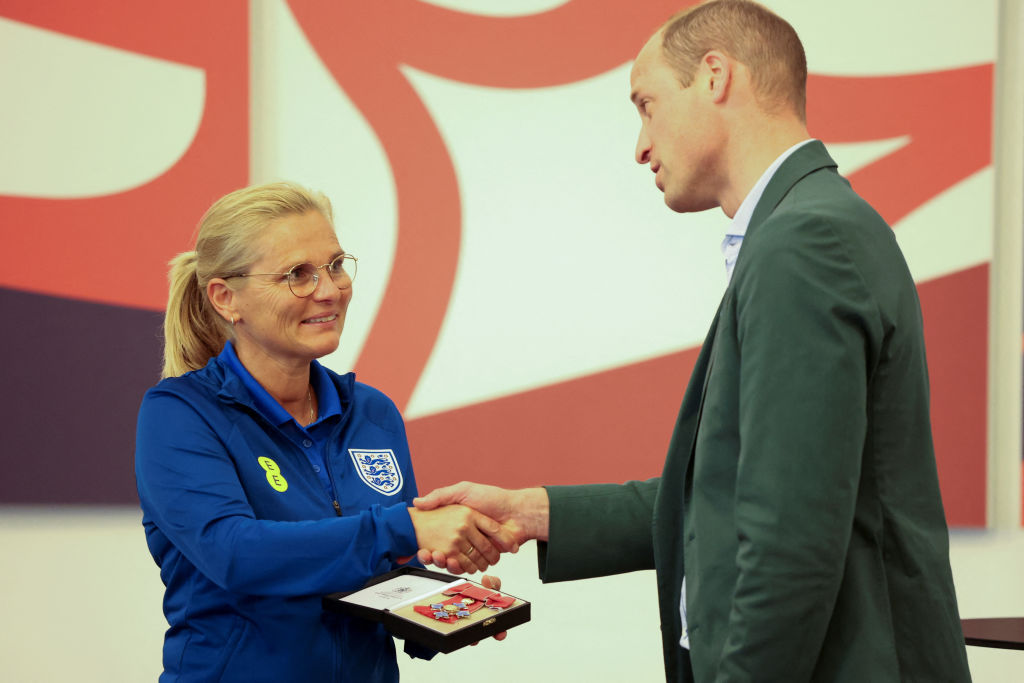2023 Women’s World Cup: Prize money up three-fold – but Lionesses in bonus row

The Women’s World Cup may not have kicked off yet but it has already been hailed as a transformative moment in the growth of the game, with prize money increasing more than three-fold and, for the first time, most of it being paid directly to players.
But some financial issues, including a bonus row between the Lionesses and Football Association, remain unresolved and look like rumbling on into the tournament, which begins in New Zealand on Thursday.
Perhaps the biggest breakthrough is the headline figure of $110m (£84m) total prize money, a vast increase on the $30m distributed at the 2019 Women’s World Cup in France. Four years ago the winners, USA, received $4m; this time it will be $10.5m.
That came after extensive lobbying from international players’ union Fifpro, who wrote to Fifa president Gianni Infantino to ask the governing body to raise pay and conditions at the Women’s World Cup to the same level as the men’s edition.
The October 2022 letter was signed by Fifpro’s dozens of member unions from across the globe and 150 players from 25 national teams in what it hailed as “the largest piece of collective action ever undertaken by women’s football players”.
Their argument was that increasing the rewards and improving conditions creates a virtuous cycle: more women making a living from football leads to more players, higher technical levels and broader competition, generating more interest to fund further professionalisation.
While Fifa stopped short of equalising prize money with the men’s World Cup, where $440m was on offer in Qatar last year, Fifpro narrowed the gap considerably and says it is optimistic of levelling the playing field by the next tournament in 2027.
Significantly, Fifa did bow to the players’ other requests. For the first time, travel arrangements, the standard of accommodation and facilities, and the size of the travelling delegations will be on par with the men’s tournament.
And in another first, a large chunk of the prize money will be paid directly to players to minimise the danger of corrupt individuals at national associations creaming it off. Fifpro asked for at least 30 per cent to be paid this way; Fifa has committed to over 50 per cent.

It means that all players at the Women’s World Cup are guaranteed at least $30,000, even if they lose every game or don’t make an appearance. At the other end of the scale, members of the winning squad stand to bank $270,000 per player.
Some of the bigger nations, such as the USA and co-hosts Australia, are paying their players bonuses on top. That is not the case with England, however, despite being European Champions and seen as torchbearers for the women’s game.
The Lionesses are said to be unhappy about the discrepancy and have aired their grievances to the FA. Talks on the issue are ongoing but there may not be a resolution before they begin their campaign against Haiti on Saturday.
